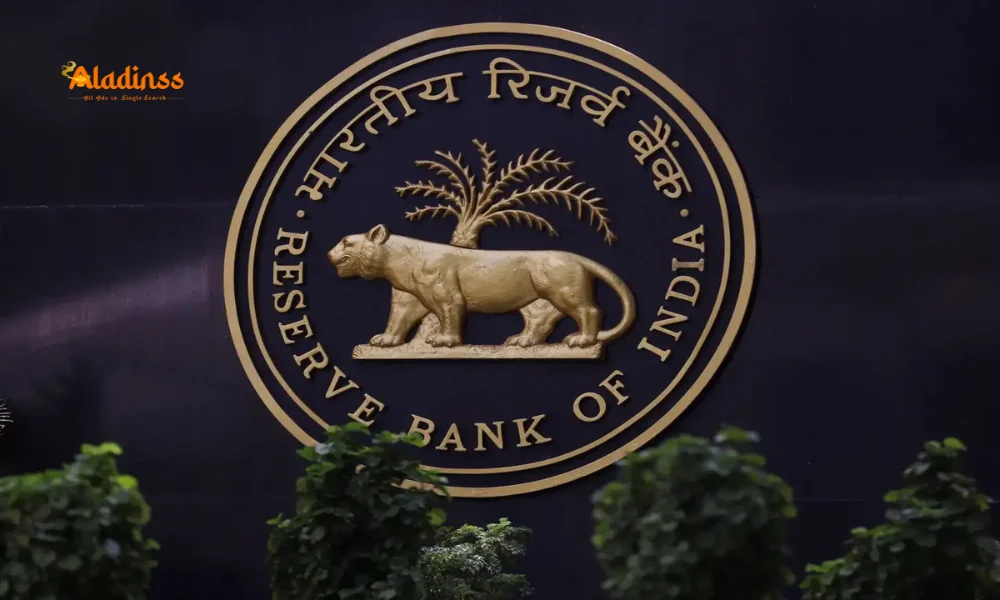Can You Take Multiple Personal Loans? Key Insights

Can You Take Out Multiple Personal Loans? A Comprehensive Guide
Many people assume that once you take out a personal loan, you’re barred from securing another until the first is fully repaid. However, this is a common misconception. In reality, it is entirely possible to take out multiple personal loans simultaneously, provided you meet the lender’s eligibility criteria and demonstrate the ability to manage the financial obligations. Whether you’re covering unexpected medical expenses, funding home renovations, or consolidating debt, multiple personal loans can address varied financial needs. This article explores the feasibility of taking out more than one personal loan, the factors lenders consider, and the potential impact on your financial health.
Lender Criteria for Approving Multiple Personal Loans
Lenders evaluate several factors before approving additional personal loans to ensure borrowers can handle the repayment burden. The primary considerations include creditworthiness, repayment history, and debt-to-income (DTI) ratio. Your creditworthiness, often reflected in your credit score, plays a pivotal role. A score of 750 or higher is typically preferred, as it signals a low risk of default. Lenders also review your repayment history on existing loans to assess your reliability. A consistent track record of timely payments increases your chances of approval for a second or third loan.
The debt-to-income ratio, which measures your monthly debt obligations against your income, is another critical factor. Lenders want to ensure you have sufficient disposable income to cover the equated monthly installments (EMIs) for all loans. For instance, if your monthly income is Rs. 50,000 and your existing EMIs total Rs. 15,000, adding another EMI of Rs. 10,000 might push your DTI ratio beyond the acceptable threshold of 40-50%. To qualify for multiple loans, you must demonstrate financial stability and the ability to manage additional payments without strain.
Impact of Multiple Loans on Your Credit Profile
Taking out multiple personal loans can have both positive and negative effects on your credit profile. Each loan application triggers a hard inquiry by the lender, which may cause a temporary dip in your credit score, typically by 5-10 points. Multiple inquiries within a short period can accumulate, potentially lowering your score further. However, this impact is often short-lived if you maintain timely repayments. On the positive side, responsibly managing multiple loans can enhance your credit mix, demonstrating your ability to handle different types of debt, which can boost your score over time.
However, missing an EMI or making late payments can significantly harm your credit score and limit your access to future credit. A high DTI ratio resulting from multiple loans can also signal financial overextension, making lenders hesitant to approve additional credit. To mitigate these risks, experts recommend keeping your total EMI obligations below 40% of your monthly income, ensuring you have enough cash flow for other expenses and savings.
Strategizing EMI Payments for Multiple Loans
Managing multiple personal loans requires careful planning to ensure you can meet all EMI obligations without compromising your financial stability. The EMI for each loan depends on the loan amount, interest rate, and repayment tenure. Extending the loan tenure reduces the monthly EMI, making it easier to manage multiple payments, but it increases the total interest paid over the loan’s life. Conversely, opting for a shorter tenure increases the EMI but saves on interest costs, allowing you to become debt-free faster.
For example, a Rs. 5 lakh loan at 12% interest over five years results in an EMI of approximately Rs. 11,122, with a total interest of Rs. 1.67 lakh. The same loan over three years has a higher EMI of Rs. 16,607 but reduces the total interest to Rs. 97,852. Using an EMI calculator, available on most bank websites, can help you determine the optimal tenure and EMI for each loan based on your income and expenses. Financial advisors suggest that your total EMI burden should not exceed 40% of your income to maintain a healthy cash flow and avoid financial stress.

Interest Rates for Additional Personal Loans
The interest rate on a second or subsequent personal loan may differ from your first loan, depending on your current financial situation and market conditions. Personal loan interest rates typically range from 10.5% to 24% per annum, influenced by factors such as your credit score, income, and existing debt. If your credit score has improved due to timely repayments on your first loan, you may qualify for a lower interest rate on additional loans. Conversely, a higher DTI ratio or recent missed payments could lead to higher rates, increasing the cost of borrowing.
To secure a favorable rate, consider negotiating with your lender, especially if you have a strong repayment history. Another option is debt consolidation, where you combine multiple loans into a single loan with a lower interest rate and a unified EMI. Consolidation can simplify repayments and reduce interest costs, but it requires careful evaluation to ensure the new loan terms are beneficial. Comparing offers from multiple lenders, including banks and non-banking financial companies (NBFCs), can also help you secure the best possible rate.
Is Taking Multiple Personal Loans a Good Idea?
The decision to take out multiple personal loans depends on your financial discipline and long-term goals. With a stable income and careful planning, managing multiple loans is feasible. For instance, if you’re funding distinct needs—such as medical emergencies, home improvements, or a wedding—multiple loans can provide the necessary funds without depleting your savings. However, taking on additional loans without assessing your repayment capacity can lead to financial strain, missed payments, and a damaged credit score.
Before applying for a second loan, evaluate your monthly budget to ensure you can handle the combined EMIs. Experts recommend maintaining a DTI ratio below 40% and setting aside funds for emergencies and long-term goals, such as retirement or investments. If the total EMI exceeds your comfort level, consider alternatives like topping up an existing loan, which some lenders offer at a lower interest rate, or exploring secured loans, which typically have lower rates due to collateral.
Tips for Managing Multiple Personal Loans
Successfully managing multiple personal loans requires strategic planning and discipline. Here are some practical tips to ensure smooth repayment and financial stability:
1. Use an EMI Calculator: Calculate the EMI for each loan to understand the total monthly burden and choose tenures that align with your income. 2. Prioritize High-Interest Loans: If possible, repay loans with higher interest rates first to reduce overall interest costs. 3. Automate Payments: Set up auto-debit for EMIs to avoid missed payments and penalties, which can harm your credit score. 4. Monitor Your Credit Score: Regularly check your credit report to ensure there are no errors and to track the impact of multiple loans. 5. Consider Debt Consolidation: If managing multiple EMIs becomes challenging, explore consolidating loans into a single, lower-interest loan. 6. Build an Emergency Fund: Maintain a savings buffer to cover unexpected expenses, reducing the need for additional loans.
By following these strategies, you can maintain control over your finances and avoid the pitfalls of over-leveraging. It’s also wise to consult a financial advisor to tailor a repayment plan that suits your unique circumstances.
Alternatives to Taking Multiple Personal Loans
If you’re hesitant about managing multiple personal loans, consider alternative financing options that may better suit your needs. For instance, a top-up loan on an existing personal or home loan often comes with a lower interest rate and a single EMI. Secured loans, such as loans against property or fixed deposits, typically offer lower rates due to the collateral involved. Additionally, borrowing from family or friends can be a cost-effective option, provided you formalize the agreement to avoid disputes.
For smaller expenses, credit cards or overdraft facilities might suffice, though they often carry higher interest rates if not repaid promptly. Evaluating these alternatives can help you avoid the complexities of managing multiple loans while meeting your financial needs efficiently.
Comment / Reply From
No comments yet. Be the first to comment!









